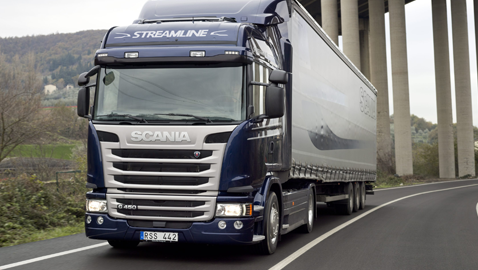
The global truck manufacturing industry is on the cusp of major change. After consistent but volatile growth over the past decade, the global truck market for medium- and heavy-duty trucks is estimated to grow by 4.8 per cent annually until 2020. Over the next decade, some emerging OEMs are likely to join the club of global players, while some regional and niche players will disappear as they fail to reach the critical size required for survival. For global players, success will depend on the ability to leverage scale and cater to regional differences. Only this will allow OEMs to benefit from market opportunities.
These are among the main findings in a joint study performed by the German Association of the Automotive Industry (VDA) and A.T. Kearney.
General economic situations are expected to drive truck manufacturing developments in different regions. The world’s largest market, China, will not grow as fast as in the past, but Asia in general will remain the engine of global truck demand. India could oust the United States from the number two spot by the end of the decade, although some uncertainties remain. Africa, too, should grow on average faster than the global market, though it will still take time to catch up with other markets. In both Asia and Africa, improving infrastructure, rising urbanization, and a more professional logistics sector will create demand for bigger and more sophisticated trucks alongside the traditional low-price segment.
By 2030, there will be more global truck makers. Several players in emerging markets have the potential to outgrow their current positions as regional giants or niche players, while the current group of regional giants will shrink to include just a few Chinese and Indian OEMs. Consolidation among global groups is already well under way, with further pursuits limited by antitrust laws and leaving firms with fewer options to generate growth. Global and regional players will be on the lookout for niche companies as possible acquisition targets, while niche firms will also seek to join up with other niche players in the hunt for global reach, market access, and scale. Mergers and acquisitions and increased competition will spell the end for many joint ventures.
Western truck makers will continue to dominate the Triad markets just as emerging market players will control most of their respective home markets making it difficult for players from each side to meet their growth targets by expanding into the other world. With the general balance of power preserved, the war between global truck makers will shift to other regional battlegrounds such as India, Brazil, Russia, Indonesia, Mexico, South Africa, and Thailand.
Source: ATKearney, Global Truck Industry: Perspectives toward 2030











